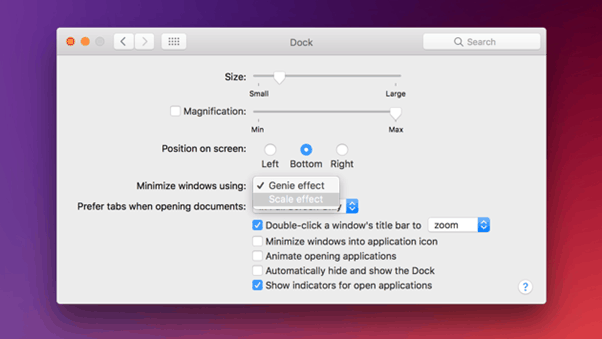Despite being known for their sustainability and stability, Macbooks do not last forever. There will come a time when the device you have will begin to underperform. Nevertheless, it is not a reason to start worrying as there are more than a few methods to salvage the situation.
Whether you are looking to prepare beforehand or require help right now matters not. The tips below will be of great use to everyone who wants to stop their Mac from stuttering and enjoy its smooth run.
Learn more about best backup solution for mac
Tip #1 – Ensure That There Is Enough Disk Space
It does not take long before you are running out of disk space. Macbooks do not offer as much as you would find on personal computers, so fitting your data can be a bother.
Here are some ways to not run in the problem of lacking disk space:
- Get a disk cleanup utility tool to get rid of all the junk files caches, temporary backups, old email attachments, downloads, and language packs.
- Delete old applications. Keep in mind that you can always re-download and reinstall them again.
- Transfer data to cloud-based services. Dropbox and iCloud are free, and you can upgrade the plan for even more space.
- Get external storage devices. A USB memory stick is an excellent way to keep your most important files safe, with an option to access them at all times.
Tip #2 – Get a Cooling Pad
A cooling pad is a neat accessory that will function as more than a resting place for a static Macbook. When you have to use the computer during the summer, avoiding overheating can be quite tricky.
A cooling pad will help. If you let the inner Mac fans overwork, do not be surprised to see internal hardware damaged after a while.
Tip #3 – Scan for Viruses

Image source: Pexels.com
There are new cybersecurity threats every year. Yet despite that, some people still believe that there is no reason to bother with anti-virus software. Such behavior is difficult to comprehend, especially when there are so many great options for free.
You should have an anti-virus installed. But do not stop there. Run weekly or bi-weekly scans and search for potential threats. Avoiding shady websites is not enough. And it might be a virus or malware that is the cause of performance issues.
Tip #4 – Clean Dirt and Dust Inside
Dust and other filth accumulate over time, and when you do not see what is inside a computer, it is easy to miss the problem before it is too late. Cleaning the dirt and dust inside should be a regular thing. And if you are afraid of damaging the Macbook, there is always an option to take it to a professional who will do a thorough job.
Tip #5 – Pay Attention to Activity Monitor

Image source: Pexels.com
Resource-hungry processes might be the reason why you are unable to use the Macbook. Launch Activity Monitor and sort applications by memory and CPU usage.
The ones that are at the top of the list should be studied more carefully. Perhaps you can find a better alternative or even remove it from the computer altogether? Having too many processes that consume too many resources is never a good thing. Look what you can do to turn things around.
Tip #6 – Trim Startup Item List
It is a good piece of advice to restart the Macbook regularly. Restarts prevent memory leakage. However, if your startup item list is too big, you may not be that eager to reset the Mac because it takes too long to load.
Go to Login Items and trim the list. There is no merit to have apps launch every time you restart. Manually starting them when you actually need to use an app is a better way to do things.
Tip #7 – Optimize Web Browser
If the Macbook is performing well in general, but you are struggling when browsing the internet, it may be that the one at fault is your website browser.
Perhaps you have installed too many add-ons or extensions or failed to update to the most recent version.
Optimizing a website browser is one of the first things you should do. And if the issue persists, look to change the browser.
Tip #8 – Turn off Visuals

Image source: MacPaw.com
Visuals serve no purpose other than just making things look fancier. Pragmatic users should have them switched off. And when you are looking to save resources and boost performance, having visuals around is never recommended.
So there you have it. These eight tips should do the trick in speeding up your Macbook. And remember that there is no need to wait until the performance starts to plummet. You can always take a proactive approach and apply the suggestions in the article and create a routine that will maint the Mac in top shape.











Leave a Reply